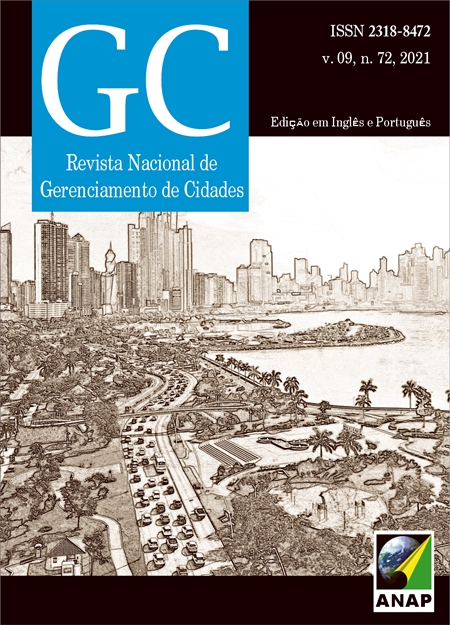Automotive traffic noise and urban public spaces
A case study in the municipality of Vitória, state of Espirito Santo/ES
DOI:
https://doi.org/10.17271/2318847297220212964Palavras-chave:
Urban noise. Urban voids. Noise pollution.Resumo
In contemporary cities, and usually without realizing it, the population has been exposed to high sound pressure levels, which besides causing discomfort, can lead to health problems. Considering that a large part of this noise comes from emission from motor vehicles, this research aims to evaluate the sound behavior in sound environments configured by voids in the urban fabric, in order to identify whether open spaces can act as attenuators of sound levels. To obtain the expected results, the methodology used was structured from a review of the state-of-the-art and computer simulations relating the variables that influence the formation of urban space and sound emission and propagation, taking as a case study an urban portion of the municipality of Vitória/ES. In parallel, questionnaires were applied to evaluate the user's perception of their exposure. The measurement results indicated that the sound pressure levels caused by traffic noise are above the limit tolerated limit by the NBR norm 10151:2000 for the daytime period. In turn, the results obtained from the population indicated that there is little perception of noise by the users of the spaces surveyed.














